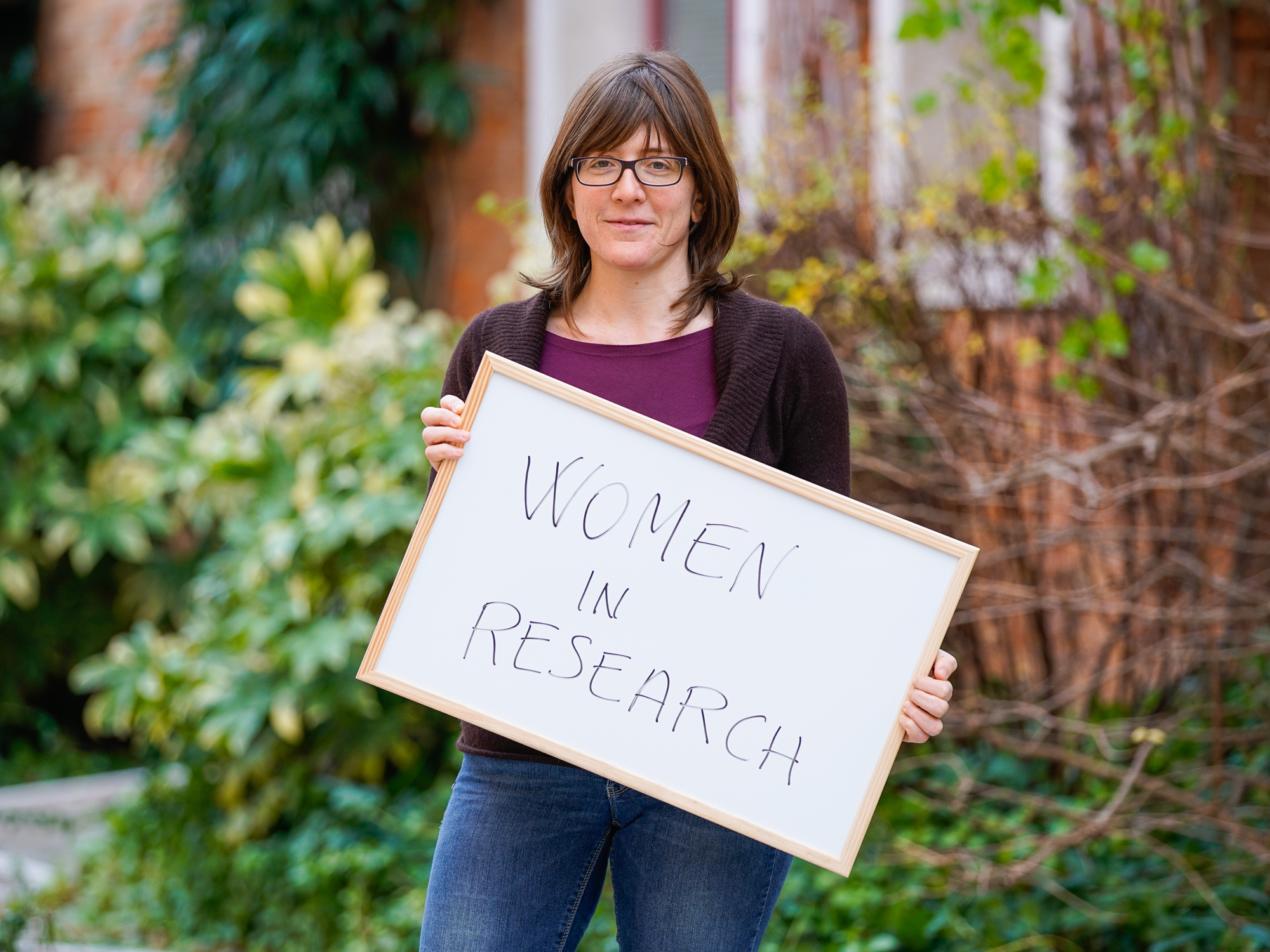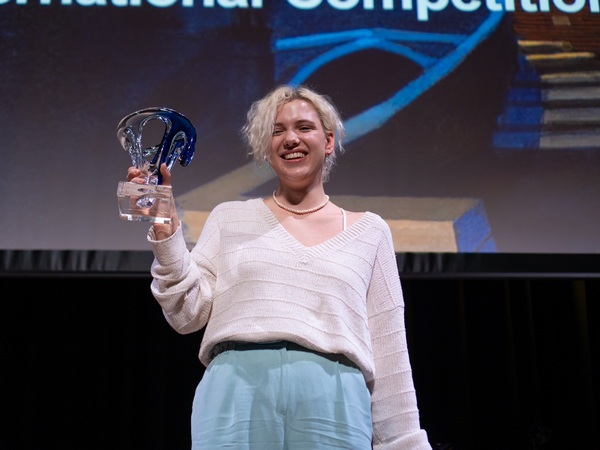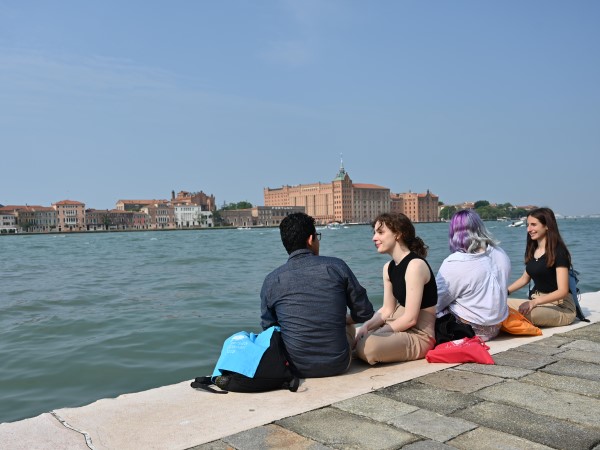Irene Mammi has been a researcher in econometrics at the Department of Economics at Ca’ Foscari University of Venice since September 2017. Graduated in local and international cooperation and development at the University of Bologna and holding a Master’s degree in Statistics and econometrics at the University of Essex, Mammi obtained her doctorate in Economics, Markets and Institutions at the IMT Istituto di Studi Avanzati in Lucca in 2011 and was a research fellow at the University of Bologna before becoming part of the academic community of Ca’ Foscari.
How did you decide to become a researcher? What does being a research in economics entail?
I have always enjoyed research and I still do now that it is my job. I get involved in teaching as well, and probably had a calling; I find it particularly inspiring when I feel that I am engaging students in my research field. I have never let go of topical subjects that initially brought me to my university education: in my research topics in applied macroeconometrics, fiscal policy and health economics I explore elements with a strong social impact that often are the focus of public debate - like the analysis of fiscal policy choices or of how policymakers respond to the economic cycles when defining fiscal policies.
Talking about public and fiscal policies, could you comment on the spread - one of the most discussed and serious feature of the economic crisis over the last decade.
It’s true: prior to the economic crisis the spread was not regarded as a useful instrument to explain and evaluate fiscal policy choices, but since 2010 new factors have been guiding public choices. Naturally researchers have studied it to better understand macroeconomic dynamics in this new context. A better knowledge of this context must be taken into account to predict the impact of measures included in budgetary laws with indications on which measures to introduce and their influence on national economies. To me the link between this research field and health economics can be seen in methodological rigour, in the use of data and in statistical processing, as well as in the implications of economic policies and social consequences of our research.
What is the focus of your research and what methodology do you use?
The main focus of my research in the last years has been inadequate access to the emergency room. The contribution of applied economics to unusual fields is not only crucial to quantify and understand the phenomenon, but also to find the best answer public authorities can give to combat the problem and improve the common good.
In particular, our research has evaluated how improvements in the organization and the accessibility of basic medicine through longer open hours for clinics have reduced inappropriate access to the emergency room and relieve pressure on hospitals to target the most serious cases. The research was published on the Journal of Health Economics, the most important scientific journal in health economics in 2016 and we won the AIES – Farmafactoring award for the best international publication of the year written by Italian authors in health economics.
On the supply side, the best response to ER overcrowding - short-staffed or not providing enough services - would be an increase in investments to strengthen the carrying capacity of these structures. On the demand side - users unnecessarily going to the ER - policies should firstly improve the response capacity of territorial services - mainly general practitioners.
We have carried out our research thanks to ‘triage’ data provided by the Emilia-Romagna Region, focusing on the code white patients - with minimum hazard level - that show an inadequate use of the services as they could have seen their doctor. The high rate of white codes has been challenged with a ticket which generated an economic disincentive for minor problems.
Policies were developed to improve the quality of alternative services, such a basic medicine. Family doctors supported by nursing and administrative staff were gathered in structures able to perform diagnostics. Additional programs encouraged longer hours (up to 12 a day) for such centers. Finally doctors were encouraged to share medical records to allow patients to find appropriate answers.
In our research we conceived general practitioners as our observation unit and evaluated the impact of code white patients compared to each doctor’s patients, taking into account the patients’ characteristics and the organization of the health centre.
With regards to the methodology, the main challenge was dealing with the problems of the doctors’ voluntary compliance to working longer hours. This endogeneity phenomenon leaves open the possibility of doctors operating different choices or attitudes with an impact on how their patients regard the ER.
It is therefore important to value correctly the different outcomes and understand the role of working hours, of the doctors’ characteristics and of their clinical practice. The data covered several years, and we were able to use statistical techniques (instrumental variables estimation) in order to establish a significant causal relationship between longer working hours and a reduction of improper access to the ER, confirming the efficiency of the policies.
How would you describe the state of the national health system in Italy?
We can say that Italian healthcare is currently able to efficiently respond to the complex needs of a changing population, especially in demographic terms, and to the increase in costs of medical technology. Our national healthcare system is a common good and a factor in social cohesion. There are limitations though causing the system to be reconsidered taking into account the limited resources available. The main evolutions underway concern the need to rehabilitate hospitals as places where severe cases should be treated, with stronger territorial services offering an answer to chronic diseases and an aging population. An efficient integration between the hospital and the surrounding territory, as well as a proper promotion of the appropriate cures are useful tools of public health for efficient treatments and cost management.
The researchers are deeply involved in the process, especially with regards to the analysis of the effectiveness of the policies and to the evaluation of their impact on the population’s health and on how economically and financially sustainable the system is.
A research published on March 5th 2015 by the OECD showed how boys only get higher grades than girls in mathematics. Numbers still appear to be a boys’ specialty.
In the research group I entered at the University of Bologna we were three women and two men, and the co-authors I have collaborated with also have a balanced representation of genders. Men are widely over-represented in scientific and technological fields, it is true; in economics though it is more balanced and the situation is continuously improving. In my experience as a professor and a researcher, numbers are becoming less and less a “men’s issue”. There are often more girls than boys in the classrooms. Of course it wasn’t always like that and it is still not for all levels. With regards to full professors there still is a significant difference between men and women, a trend that is turning around. In general women study more and universities are welcoming many new female researchers. My personal experience is probably unusual: my doctorate colleagues were only women.
Have you experienced gender differences in the university system? Do female and male researchers have the same opportunities? Do they have the same career prospects?
We women are slowly gaining equal treatment. Whereas in the private sector differences in treatment are still common, the public sector guarantees equal pay for equal work. The condition of women in academia can imply difficult decisions though entailing different opportunities and career prospects sometimes: women may have to choose between their family and their career for instance. This is not about clear discrimination, rather about a consequence of how the academic journey is structured - and especially its first steps. The road to becoming a female researcher is long and requires much determination and commitment.
Women and men often become researchers long after they turn 30 years old, with temporary positions after studying or researching abroad. Sadly women often leave the field before they get the opportunity to become a researcher because of a higher personal cost compared to their male colleagues. But I am optimistic: in my Department there are many women - and numbers are always increasing - who are outstanding in research and determined to succeed!
Margherita Criveller











